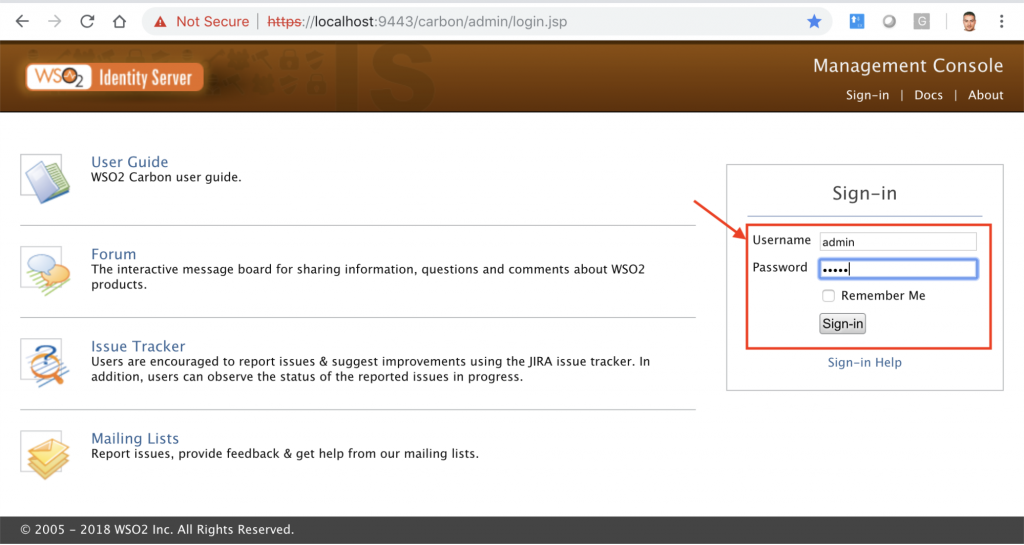

You can find the code for that client in github.This post explains how we can access a proxy service deployed in WSO2 ESB with a security token issued by the Identity Server 2.0.ġ. This method can be used in situations where you have an automated setup to provision nodes with required features. In this blog post I'm presenting another way of installing features, that is via a Java based client. In such a scenario, you can install key management features into Identity Server.įeature installation / management can be done via Management console UI or using pom files There can be requirement where the Key management features found in API Manager, need to be handled in the Identity Server itself, without going for a dedicated API Manager (Key manager) node. API Manager comes with API management features, and features related to publishing and managing APIs etc. For example, WSO2 Identity Server comes with System and User Identity Management feature, Entitlement Management features etc. (Carbon platform is also a collection of features) So, WSO2 products are released with set of pre-bundled features. WSO2 Products are based on WSO2 Carbon platform + set of features. Status = realm.getUserStoreManager().authenticate(removeTenantDomain(username), password) UserRealm realm = AnonymousSessionUtil.getRealmByTenantDomain(registryService,realmService,tenantDomain) RegistryService registryService = (RegistryService) carbonContext.getOSGiService(RegistryService.class)

RealmService realmService = (RealmService) carbonContext.getOSGiService(RealmService.class) PrivilegedCarbonContext carbonContext = PrivilegedCarbonContext.getThreadLocalCarbonContext() For tenant admins and users, relevant domain needs to be specified, and relevant tenant's UserRealm is loaded using the method AnonymousSessionUtil.getRealmByTenantDomainįor more about PrivilegedCarbonContext, refer here

If domain name is not specified in the username, it assumes a login of a super tenant or a super tenant user (hence domain is set to carbon.super). In the UI I have two text boxes to provide username and password. Relevant services are available as OSGi services, and you can do an OSGi lookup to obtain the required services. If you want the web application you deploy (in super tenant mode), to include user authentication (user login), you can leverage the API s provided by the Carbon platform. WSO2 Application server runs on top of Carbon platform which provides the user and tenant management features as well. WSO2 Application Server can be used to deploy and host standard web applications.


 0 kommentar(er)
0 kommentar(er)
